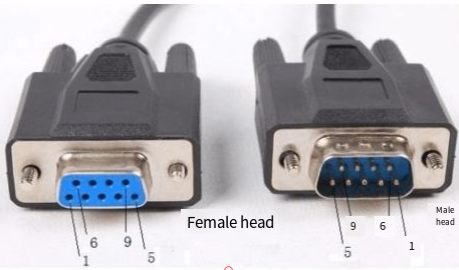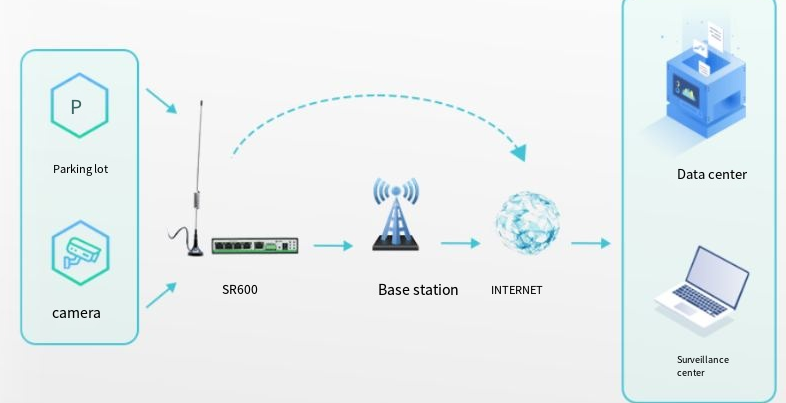
The State and Future Prospects of 5G Development in the United States
In recent years, the rapid development and commercial deployment of 5G technology have become the focus of the global communications industry. However, in this 5G race, the performance of U.S. companies has been less than satisfactory. Sudhaman K. Jayaweera, a director at the U.S. National Science Foundation (NSF), recently offered sharp criticism of the United States’ lagging position in the 5G field. At the same time, he pointed out that U.S. companies can leverage their strengths to regain the initiative in the next-generation internet competition.
Reasons for the Lag in U.S. 5G Development
Jayaweera bluntly pointed out that the United States has fallen behind international competitors in 5G technology and market. He believes that U.S. companies lack significant market share in the 5G infrastructure equipment market, which is dominated by overseas companies such as Huawei and ZTE. So, what has led to the U.S. falling behind in the 5G race?
First, overseas companies far outpace their U.S. counterparts in R&D investment. They produce competitive products at lower costs and have won a large number of 5G orders globally. In contrast, although U.S. companies have conducted many excellent studies thanks to funding from institutions like the NSF, they have a clear shortcoming in translating basic research into practical technological applications.
Second, the domestic 5G network deployment in the U.S. is also relatively lagging. Currently, most 5G deployments in the U.S. are still in the non-standalone (NSA) stage, unable to support the advanced features of 5G. This will not only affect the development of the telecommunications industry itself but may also hinder the growth of emerging industries that rely on the performance advantages of 5G standalone (SA) networks, such as autonomous driving, smart factories, and virtual reality.
Open Source and Open RAN Will Help U.S. 5G Development
Facing the predicament of 5G development, Jayaweera believes that open source and Open Radio Access Network (Open RAN) may help U.S. companies gain an advantage in the next-generation network competition. The open-source model can accelerate innovation, improve cost efficiency, and provide early competitive advantages for U.S. companies. At the same time, it also provides an opportunity to cultivate domestic wireless technology talent.
However, Jayaweera also pointed out that open source and open access are not a panacea. Currently, the Open RAN market is dominated by a few companies such as Samsung and Mavenir, and the market share of U.S. companies is not prominent. Moreover, the penetration rate of Open RAN in the entire RAN market is expected to be only 20-30% by 2028. Excessive focus on Open RAN may distract U.S. companies from the overall 5G market.

Seizing the Next-G Opportunity to Reshape U.S. Advantages
Although the current 5G situation is not optimistic, Jayaweera is full of confidence in the U.S. prospects for the next-generation network (Next-G). He believes that the most significant feature of Next-G networks will be their openness and integration in all aspects, encompassing multiple fields such as space, air, ground, and undersea, and closely combining sensing and computing. At the same time, Next-G networks will widely adopt open standards, cloud-native, and AI-native architectures.
These Next-G characteristics happen to align with the traditional strengths of the United States. The U.S. has always maintained a global leading position in open source, cloud computing, artificial intelligence, software, aerospace, and other fields. U.S. companies can fully rely on their existing technology and talent reserves to seize the high ground of Next-G networks.
Of course, to achieve this goal, the U.S. industry, academia, and research communities still need to work together and continue to make efforts in key technology research, talent training, ecosystem construction, and other aspects. For example, vigorously developing ultra-low power, energy-saving software-defined radio for Next-G, and strengthening the cultivation and re-education of wireless communication professionals. Only with the joint efforts of all parties can the United States revitalize its prowess in the new round of network revolution.
In summary, although the current U.S. 5G development faces many challenges, there are opportunities in the crisis, and the dawn of the Next-G era has already appeared. The United States should build on its own advantages, focus on long-term planning, and make precise efforts in open source, openness, cloudification, intelligence, and other aspects, so as to achieve new successes in future network competition. This requires the unity and perseverance of all sectors in the United States, but as long as the direction is correct, the efforts will always pay off. Let us wait and see, and witness the phoenix nirvana of the U.S. communications industry!
 KEY-IOT
KEY-IOT




